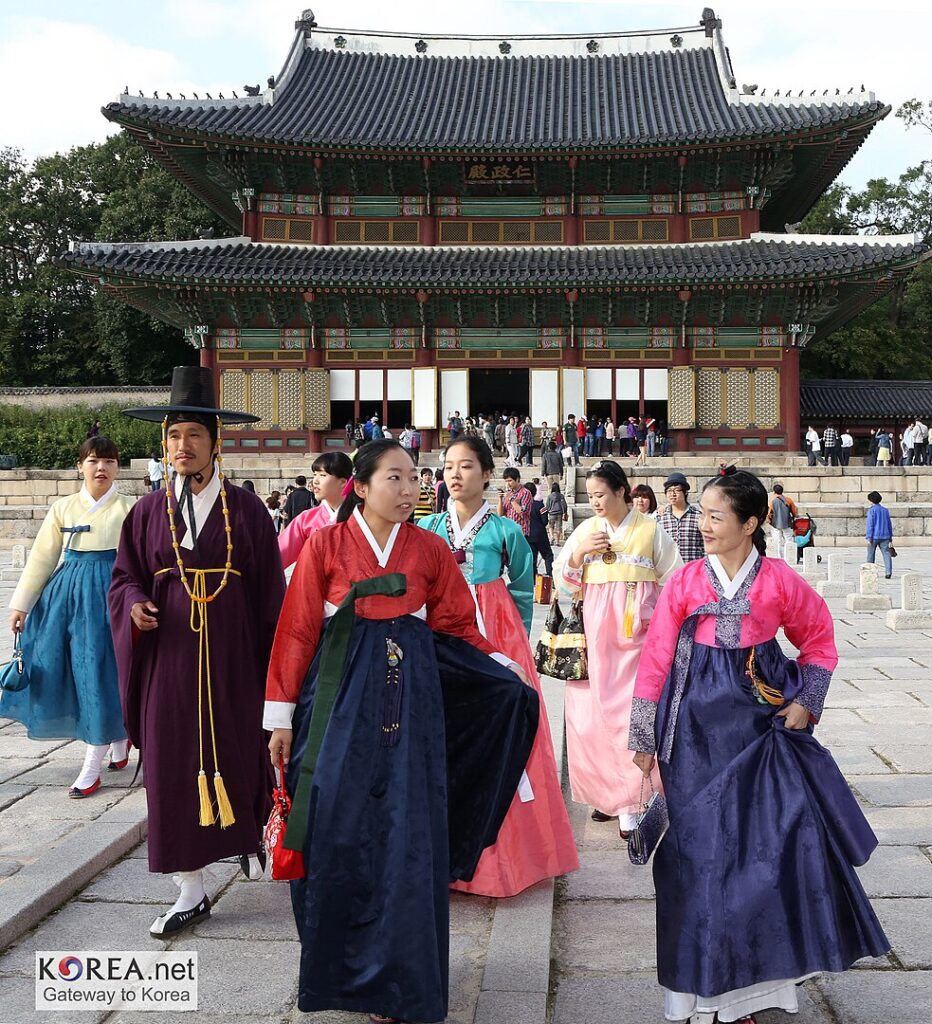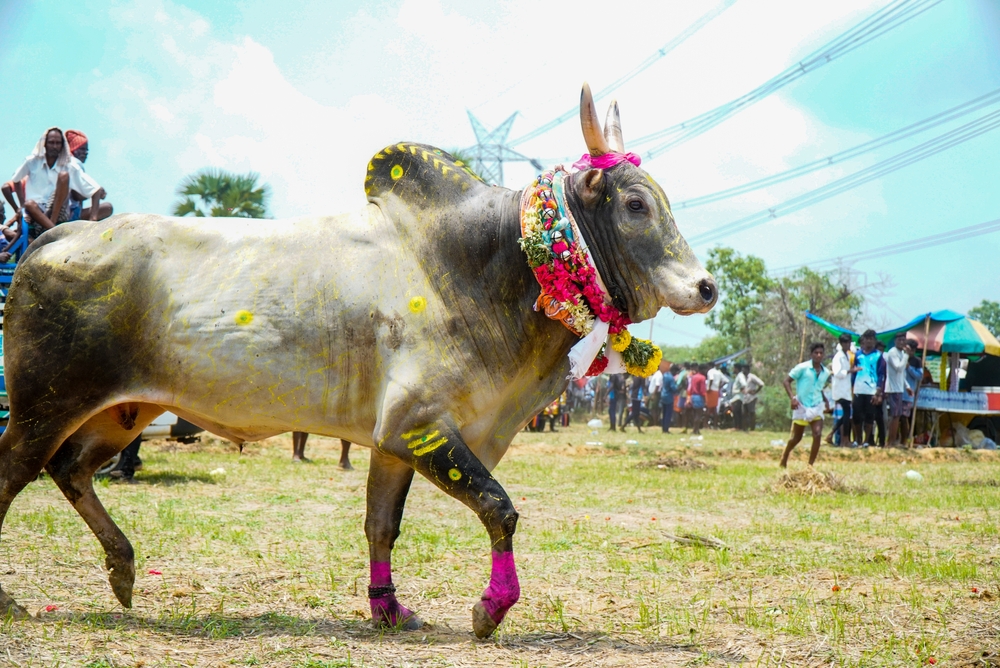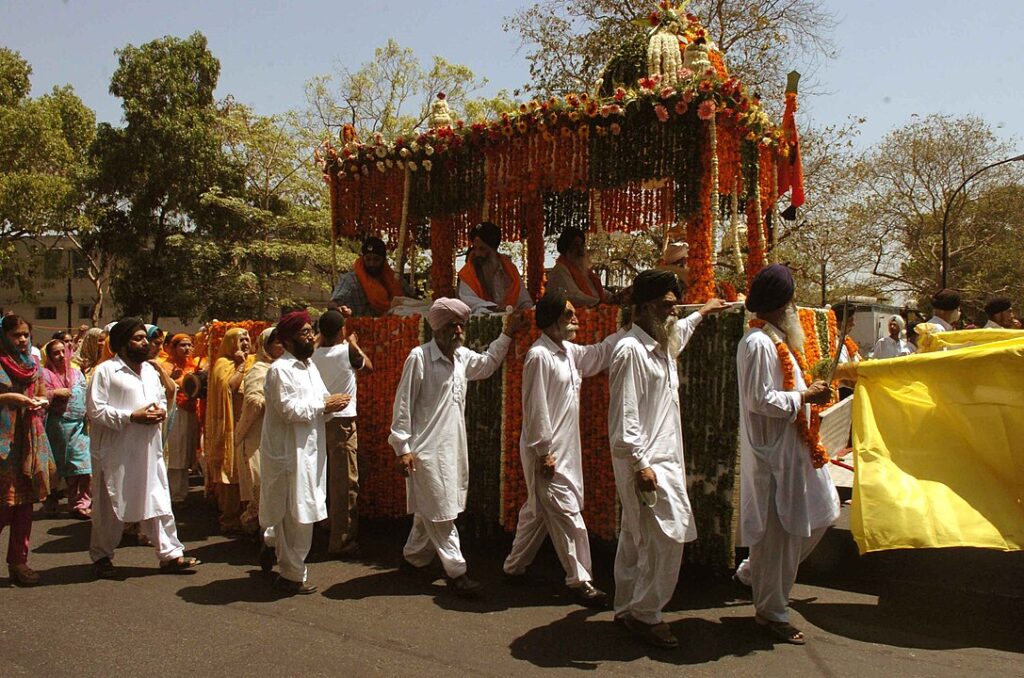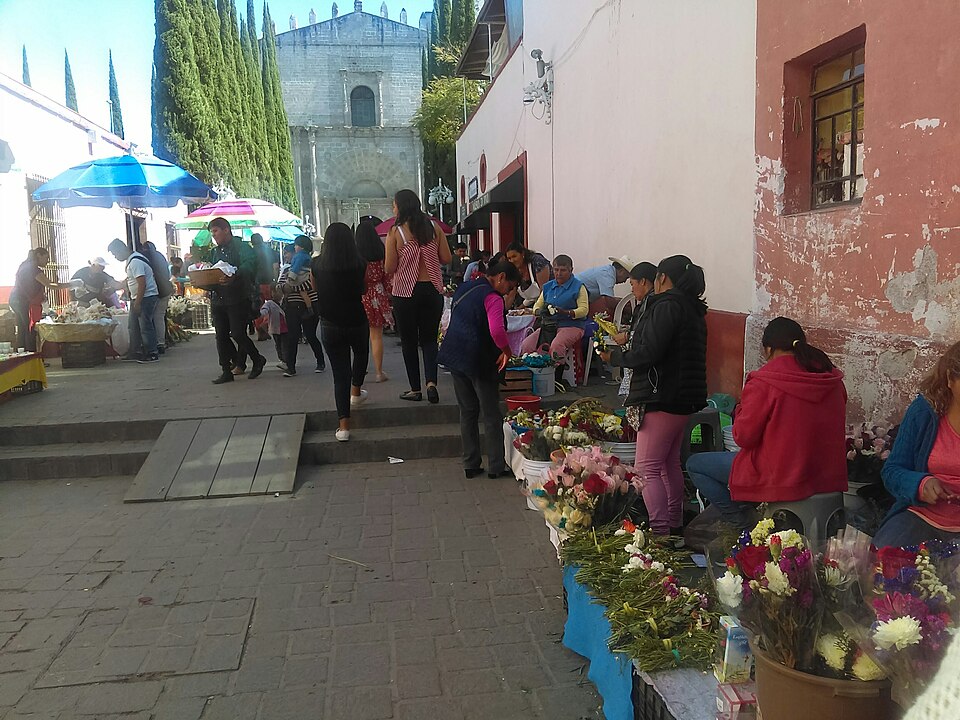12 International Harvest Festivals You Have to See
Harvest festivals around the world offer a unique glimpse into different cultures’ deep connection to nature and tradition. These vibrant celebrations honor the hard work of farmers and the abundance of crops that sustain communities. From colorful parades and traditional dances to delicious foods and age-old rituals, each festival provides a memorable experience. Whether celebrating the harvest moon, giving thanks for crops, or enjoying community feasts, these festivals reflect the heart of agricultural life and bring people together in joyous unity.
This post may contain affiliate links, which helps keep this content free. Please read our disclosure for more info.
Mid-Autumn Festival (East Asia)

The Mid-Autumn Festival is one of the most beloved celebrations in East Asia, especially in China, Vietnam, and Taiwan. It marks the harvest season and celebrates the moon’s fullness, symbolizing unity, peace, and abundance. Families come together to share mooncakes, a traditional pastry filled with lotus seed paste or red bean paste. Lantern parades, dragon dances, and moon gazing are common features of the festival. The event is steeped in history, often connected to ancient legends such as the tale of Chang’e, the moon goddess.
The festival highlights the agricultural importance of the harvest, and it serves as a time to give thanks for the year’s crops. Traditional performances, like the lion dance, take place in public squares and parks, while food plays a central role, with special dishes made for the occasion. The Mid-Autumn Festival is not just a harvest celebration but a significant cultural event that brings families and communities closer, highlighting East Asia’s deep connection with nature’s cycles.
Chuseok (South Korea)

Chuseok, often referred to as the Korean harvest festival, is a time for South Koreans to honor their ancestors through a ceremony known as Charye. It takes place during the full moon of the 15th day of the 8th month of the lunar calendar, symbolizing a bountiful harvest. Families gather to perform ritual offerings of food, which are prepared from the harvest, including rice cakes called songpyeon, filled with sweetened sesame or red beans. The festival is also about spending time with loved ones, sharing meals, and playing traditional games.
In addition to the spiritual aspect, Chuseok is a vibrant time of cultural activities. People wear hanbok (traditional Korean clothing) and enjoy folk dances like Ganggangsullae. The festival emphasizes gratitude for the harvest and celebrates Korean traditions and values, such as family, respect for ancestors, and unity. Chuseok is a perfect example of how harvest festivals blend culture with respect for nature’s gifts.
Pongal (India)

Pongal is one of the most significant harvest festivals in South India, especially in Tamil Nadu. This four-day festival is dedicated to the Sun God, nature, and cattle, and it marks the end of the winter solstice. The first day of the festival, known as Bhogi, is celebrated by discarding old items and focusing on renewal. The second day, called Pongal, features a special dish of the same name, made from newly harvested rice boiled in milk and jaggery. This dish symbolizes prosperity and abundance.
On the third day, known as Mattu Pongal, cattle are honored for their role in farming, with colorful decorations and even traditional bull races. The final day, Kaanum Pongal, is a time for socializing and enjoying time with family and friends. Pongal is deeply rooted in agricultural traditions and celebrates the hard work of farmers and the vital role of nature in sustaining life.
New Yam Festival (West Africa)

The New Yam Festival is a vibrant celebration held by several ethnic groups in West Africa, especially the Igbo people of Nigeria. It marks the beginning of the yam harvest, a crop that is of great cultural and economic importance in the region. The festival takes place in August, typically after the first yams are harvested. Traditional dances, music, and rituals are performed, with the highlight being the ceremonial offering of the first yam to the gods, seeking blessings for a bountiful harvest in the coming year.
The New Yam Festival is a community affair where people dress in elaborate attire, and feasts of yams cooked in various ways are shared. It’s a time for reconciliation, celebrating the harvest’s abundance, and honoring ancestors. The festival also emphasizes the unity and strength of the community, as it brings together families and villages to celebrate their agrarian roots.
Oktoberfest (Germany)

Oktoberfest is the world’s largest beer festival, but it’s also deeply connected to harvest traditions, particularly the celebration of the Bavarian harvest. Held annually in Munich, Germany, this 16- to 18-day event starts in late September and runs through the first weekend of October. Originally a royal wedding celebration in 1810, Oktoberfest has evolved into a global celebration of Bavarian culture, with millions of visitors gathering to enjoy traditional foods, lively music, and, of course, beer brewed according to centuries-old methods.
The festival marks the end of the harvest season, with people toasting to the year’s crop and celebrating the bountiful harvests. Beyond the beer tents, visitors can experience traditional Bavarian food such as pretzels, sausages, and roasted chicken. It’s a celebration of community, food, and drink, and Oktoberfest is a prime example of how harvest festivals can take on a modern twist while preserving age-old traditions.
Thanksgiving (USA & Canada)

Thanksgiving is a holiday celebrated in both the United States and Canada, with each country observing it on different dates. In the U.S., it falls on the fourth Thursday in November, while Canadians celebrate it on the second Monday in October. The holiday originated from the Pilgrims’ harvest feast in 1621, and it remains a time to give thanks for the year’s crops and blessings. The most iconic food during Thanksgiving is the turkey, which is often accompanied by stuffing, mashed potatoes, cranberry sauce, and pumpkin pie.
The festival has expanded beyond its agricultural roots to become a broader celebration of family and community. However, the harvest spirit remains strong, with many families using the occasion to express gratitude for the abundance of food, health, and prosperity. The day is often marked by family gatherings, parades, and volunteer efforts to feed the less fortunate.
La Fête de la Saint-Martin (France)

La Fête de la Saint-Martin is a traditional harvest festival celebrated in the wine-growing regions of France, especially in Burgundy and the Loire Valley. Held in November, it marks the end of the grape harvest and the beginning of the winemaking season. The festival is centered around celebrating the new wine, which is uncorked and shared in festive gatherings. Villagers gather to feast on local food, and some regions also have parades and processions to honor St. Martin, the patron saint of winemakers.
The celebration of Saint Martin is both a religious and agricultural tradition, reflecting the importance of the harvest in rural French life. The festival highlights the significance of the grape harvest in French culture, with wine tasting being one of its key elements. Local wines, cheeses, and hearty stews are common at the table, ensuring that the harvest is honored through food and drink.
Harvest Moon Festival (Japan)

The Harvest Moon Festival, known as Tsukimi, is an ancient Japanese celebration of the autumn moon. Held in September or October, it is a time to celebrate the harvest season and give thanks for the bounty of rice and other crops. The festival’s highlight is the offering of rice dumplings, called tsukimi dango, and seasonal foods to the moon, with hopes for a good harvest in the coming year. People gather to enjoy the beauty of the full moon, often sitting outside with family and friends.
The cultural significance of Tsukimi extends beyond agriculture, as it’s seen as a way to connect with nature and reflect on the changing seasons. The festival features traditional Japanese music, poetry, and storytelling, making it a celebration that combines spirituality, family traditions, and an appreciation of the natural world. It is a wonderful example of how harvest festivals in Japan are tied to both agricultural practices and cultural heritage.
Sukkot (Israel)

Sukkot, also known as the Feast of Tabernacles, is a major Jewish harvest festival celebrated in Israel and around the world. It occurs in late September or early October and lasts for seven days, marking the end of the agricultural year and the beginning of the new harvest season. During the festival, Jewish families build temporary shelters known as sukkahs, where they dine and spend time with loved ones. The sukkah represents the booths that the Israelites used during their journey through the desert.
Sukkot is a time for giving thanks for the bounty of the earth, and it is one of the three pilgrimage festivals where Jews were historically expected to visit the Temple in Jerusalem. Traditional foods, such as stuffed foods and fruits, are eaten during the festival, and the four species (palm fronds, myrtle, willow, and citron) are waved in a special ceremony. The festival blends agricultural traditions with spiritual significance, focusing on gratitude, community, and faith.
Baisakhi (India)

Baisakhi, celebrated in April, is a harvest festival in the northern Indian state of Punjab. It marks the beginning of the harvest season, especially for the rabi crops like wheat. The festival has both agricultural and religious significance; it also commemorates the formation of the Khalsa in 1699, a key event in Sikh history. Baisakhi is celebrated with religious processions, prayers in gurudwaras (Sikh temples), and dances such as Bhangra and Gidda.
In the fields, farmers celebrate the successful harvest by offering thanks to the Earth and deities. The vibrant celebrations include singing, dancing, and feasting on traditional Punjabi dishes. The festival is an important occasion for families to reunite and for communities to show gratitude for the fruits of the land.
Dia de la Candelaria (Mexico)

Dia de la Candelaria, or the Day of the Candles, is a Mexican harvest festival held on February 2nd, celebrating the end of the agricultural cycle. It is particularly important in the regions of Tlaxcala, Puebla, and Veracruz, where people honor the harvest of corn, chili peppers, and other crops. On this day, families gather to share tamales, a traditional Mexican food made of masa and filled with various ingredients.
In addition to the food, people carry candles to church to bless them, marking the start of the agricultural year. The festival combines agricultural rites with religious practices, as it also honors the Feast of the Presentation of Jesus at the Temple. This event highlights Mexico’s deep connection to its agricultural roots and its rich religious traditions.
Tết Trung Thu (Vietnam)

Tết Trung Thu, or the Mid-Autumn Festival in Vietnam, is a time for children and families to come together to celebrate the harvest moon. Held on the 15th day of the 8th month in the lunar calendar, this festival is famous for its vibrant lanterns, lion dances, and mooncakes. Children play a central role, with parades and lantern processions taking place throughout villages and cities.
The festival celebrates the harvest and the completion of the rice crop, but it is also about honoring children and their happiness. The sharing of mooncakes symbolizes unity and prosperity, making it a joyous occasion filled with cultural traditions. The event is deeply rooted in the country’s agricultural heritage and continues to be an important part of Vietnamese cultural life.
This article originally appeared on Avocadu.
